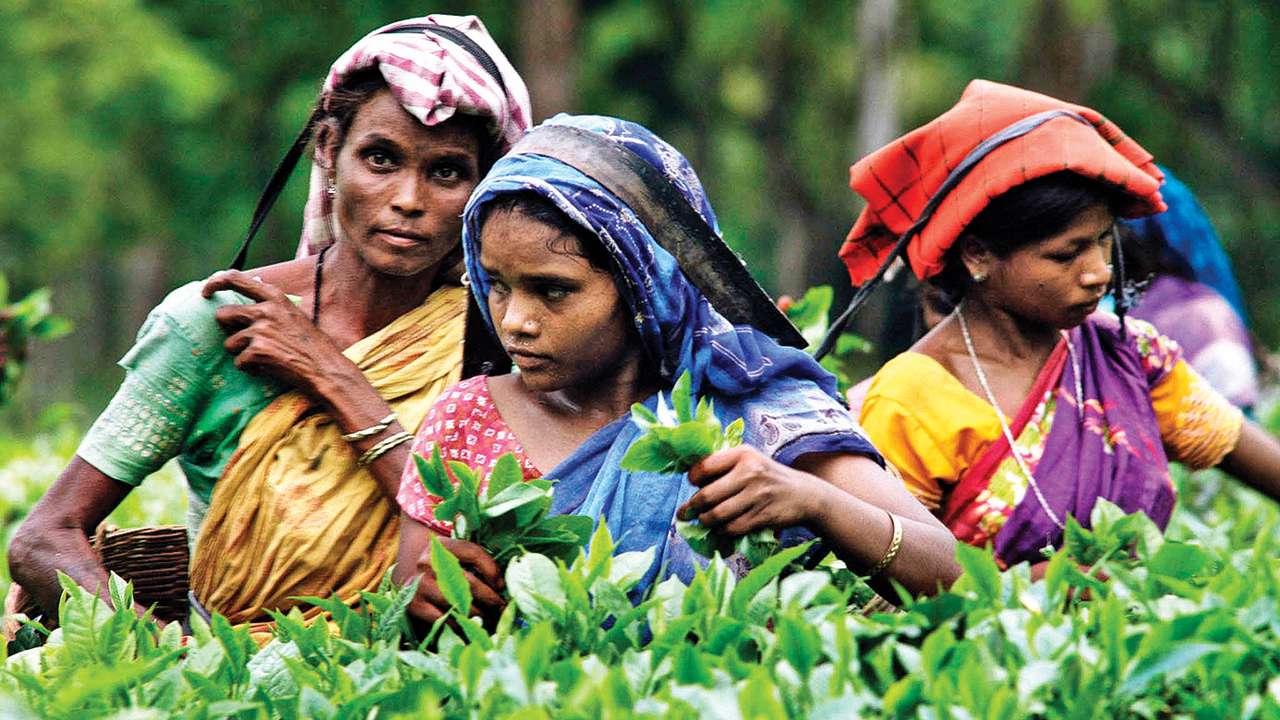
A piping hot cup of tea is something we routinely drink and also offer any and every guest. In fact, it is so common a courtesy, that not being offered a cup of tea would seem rude to many people! Let us see how tea began it’s journey in the jungles of Assam as a wild plant plucked by a tribe for it’s aroma , and grew into a cash crop involving plantations of hundreds of acres!
The Singhpo tribe of Assam had been using the tea plant as a herb and brewing it for many ages when the British first chanced upon the plant. A certain Robert Bruce, acting as agent of the Ahom king, Purandar Singha, was possibly the first to know about the plant through a Singhpo tribesman early in the 1820s at Gargaon.
This discovery was through a person named Maniram Datta Barua better known as Maniram Dewan, who went on to become one of the first Indians to plant tea as a crop when he opened a plantation at Jorhat. Later on, he would rise in revolt against the British government and die a martyr in 1858. This newly discovered plant was duly sent for study to Calcutta, where its similarity to Chinese tea was noted. At that point in time, nearly all of England’s tea came from China. Darjeeling Tea and Assam Tea were still in the future!
Nothing much happened after this till 1832, when Captain Jenkins visited Assam and gave further impetus to the topic. The government in Calcutta this time set up a ‘Tea Committee’, which would look into the benefits of this new plant! In fact, Captain Jenkins was later awarded a gold medal by the Agricultural Society of Calcutta for his tea-related services!
The next step was obvious. Since no one had really ‘cultivated’ tea in India (the Singhpos plucked the wild plant), Chinese labourers were brought in to tide over the problem. Over time, they were replaced by Bengali migrants.
It is interesting to note that in both Assam and Sri Lanka, tea gardens hosted large populations of migrant labourers. Around 1837, the first shipment of Indian tea reached England, where it quickly became a competitor for Chinese tea.
About this time, the first tea gardens or plantations were opened in Assam and by the end of the 1850s, over 4000 acres were being cultivated with the tea plant! Fifty years later, this had grown to over three lakh acres of land being sown with the tea plant in Assam. No wonder, one of our abiding images of Assam is labourers plucking tea leaves!
As the volumes of the tea plant grew in India, it posed a direct challenge to the Chinese products then in vogue in Europe. China’s share in the tea market fell from close to hundred per cent in the 1880s to merely ten per cent in the early twentieth century! Its place had been taken by Assamese tea and a new entrant, Ceylon, today’s Sri Lanka. Even today when tea is mentioned, these are the three places that first come to mind!
And what about India ? Well , an essay published in 1917 says that “endeavours are being made to encourage the consumption of tea in India”. Extremely successful endeavours we must say , a hundred years later!
As the cultivation of tea grew from a few thousand acres to lakhs of acres, so did the associations raised to manage them. Thus , from the initial tea committee sprang up the Assam Tea Association, the Surma Valley Tea Association, Darjeeling Planters Associations, Dooars Planters Association etc., all presided over by the Indian Tea Association.
In 1900, a separate branch was set up, consisting mainly of scientists and assistants who would study the tea plant and give suggestions on improving it, eradicating diseases etc. A couple of years later in 1903, Brooke Bond & Co (India) Ltd opened shop in Calcutta. At the time, they described themselves as wholesale tea and coffee merchants and Army and Navy tea contractors!
But Brooke Bond was not the first to advertise tea; that had already happened in 1841 when a leaflet signed by one Watkins, Superintendent of Government Botanical Gardens, reached Calcutta and announced itself as ‘A novel and interesting sale of Assam teas – First importation into the Calcutta market!’ Popularising tea was a concentrated effort with advertisements and 1 paise sachets being distributed in the early parts of the last century at various public places! Post-independence, as the huge tea estates passed from their British owners to Indian owners, a new campaign to declare tea as “swadeshi” was launched. And by 2013, your cup of chai was in the reckoning to be called the ‘national drink’, only to be opposed by the other brown coloured favourite – coffee!
The writer is the author of Brahmaputra — Story of Lachit Barphukan and Sahyadris to Hindukush — Maratha Conquest of Lahore and Attock